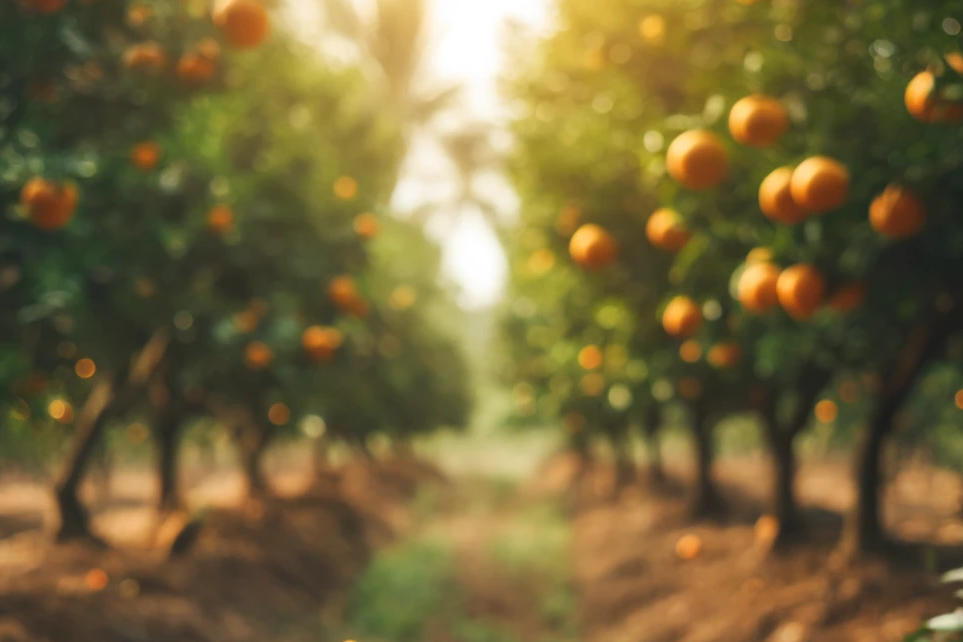Mango tree

The mango in the dog's diet
The mango, known for its sweet taste and juicy texture, is a popular fruit with many people around the world. But what about our four-legged friends? Before we dive into the specific components of the mango tree, it's important to understand that food tolerance in dogs depends on numerous factors, including individual health and possible allergies.
The components of the mango tree: what you need to know
The mango fruit
The mango itself is safe for dogs in moderation. The flesh is rich in vitamins and minerals, but can cause gastrointestinal problems due to its high sugar and fiber content in large quantities. It is important that you prepare the mango properly: remove the skin and the stone, as these parts can be problematic for your dog.
The mango seed
The pit of the mango tree is not suitable for dogs. It can be a choking hazard and contains small amounts of cyanide, which is toxic to dogs. It is therefore essential to ensure that your dog does not have access to the kernels.
The mango leaves
Mango leaves are considered non-toxic to dogs, but their tolerance can vary. There is no scientific evidence that eating the leaves offers any health benefits for dogs, and in some cases they can cause gastrointestinal irritation.
The mango tree trunk
The wood of the mango tree is not toxic to dogs, but there is no need to introduce it into your dog's diet. As with any non-edible material, chewing on hard materials such as wood can lead to dental problems.
Moderate consumption under supervision
To summarize, parts of the mango tree, especially the ripe mango fruit, are edible for dogs in small quantities and after proper preparation. However, the pit and peel should be avoided to prevent health risks such as choking hazards or toxicity. The leaves and trunk of the tree offer no nutritional benefits to dogs and should therefore not be fed.
It is always best to exercise caution in your dog's diet and be mindful when introducing new foods.
If you notice any signs of hypersensitivity or poisoning in your dog, you should see your vet immediately. We are not a substitute for a vet, but we try to be as accurate as possible. Every dog reacts differently and we recommend you get a second opinion or consult your vet if in doubt.
Stay healthy and take good care of your four-legged friend!😊
Similar to Mango tree
When it comes to feeding our dogs, we are always on the lookout for healthy and nutritious options. Avocado, rich in vitamins, minerals and healthy fats, may seem like an attractive choice at first...
The papaya tree is a symbol of tropical sweetness and is often praised for its culinary and medicinal properties. While humans have been enjoying the benefits of this plant for centuries, the question...
Lemon trees (Citrus limon) are not only known for their juicy fruit, but also for their essential oils, which are often used in cleaning products and fragrances. While these properties can be...
Oranges are known for their high vitamin C concentration and can be part of a balanced diet for dogs in moderation. The juicy pulp can not only offer your dog a welcome change, but also support...



